Brick wall
The loft-style brick wall is a classic of the genre. Brickwork is implemented in several ways:
- in a brick house, clean the decorative coating, exposing the material;
- purchase special decorative tiles from a hardware store to simulate brickwork;
- cut the brick lengthwise into 2-4 parts and decorate with it;
- make a semblance of brickwork using gypsum plaster, sibit, and other materials.
Most often, a brick wall serves as an accent, can be used behind the sofa in the living room, behind the head of the bed in the bedroom, to highlight the dining area in the kitchen. Some go further and make a brick wall around the backsplash. In this case, you need to remember that brick is a porous material and needs to be protected with varnish or other dense coating. Do not forget about the heterogeneity of the coating - dust will accumulate in all cracks and protrusions, so it is more difficult to care for it than for a smooth one.
A brick wall of any shade (white, red, yellow, black) goes well with wood, metal, glass. But keep in mind that such a texture is bright in itself and can argue with other finishes.
In the photo there is a bare brick in the living room
Concrete walls
The concrete seems cold and uncomfortable, but this does not prevent it from looking stylish. As with a brick, there are several ways to recreate a concrete wall:
- Clean from decorative coating. In ordinary panel houses, slabs are made of concrete, so clean walls will look authentic.
- Decorative coating. Plaster or microcement is a great alternative to a fine concrete finish.
- Panels. Tiles, porcelain stoneware, wall panels - they look good, they are installed quickly and easily.
Advice! Concrete can be painted, but it looks best in its natural light gray color.
Bare walls will become an accent in the living room, kitchen, hallway and even the bathroom. But in the bedroom, this option will look uncomfortable, so evaluate in advance the advisability of such a cover near the bed.
Painting
Paint is a versatile material widely used in all styles. The loft is no exception. Painting allows you to create the most neutral coating, which is good both in itself and as an addition to brick, concrete, wood.
It is not even necessary to prepare the surface for a long time before painting - irregularities and other imperfections will become the highlight of the industrial interior.
Suitable colors:
- white;
- the black;
- grey;
- blue;
- green;
- brown.
At the same time, they use not pure shades, but mixed and complex ones: anthracite, cobalt, emerald, umber, copper, bronze.
Advice! They paint not only smooth surfaces, but also brick, concrete and other surfaces.
Pictured is a studio loft with painted walls
Decorative plaster
Mineral decorative plaster is relatively inexpensive, easy to use and effective. With its help, you can achieve an interesting effect of concrete, rust, marble, bare walls, metal, even aged wood.
Depending on the effect, plastered floors can be either neutral or accentuated. A combination of plaster and brick is often found.
Decorating loft-style walls with decorative plaster is a simple and quick process. Due to the fact that the surface does not have to be perfectly smooth, even a person with no experience can handle the job. The plaster is not afraid of temperature extremes, humidity, easy to clean, even tolerates aggressive cleaning agents. Therefore, it is used in all rooms: from a dry living room or bedroom, to a wet bathroom or kitchen.
The photo shows the bare aged walls in the living room
Board
The main difference between wood and other options that can be used to make loft-style walls is warmth. Boards are much more comfortable than cold concrete or metal, they will add a homely atmosphere to the apartment, make the design more livable.
Wood is used in different ways:
- vertical slats are allowed upward, going to the ceiling;
- unedged boards are layered on top of each other, getting the effect of a barn;
- create curly panels from slats or bars;
- install flat boards across, along or diagonally.
For the loft style, the less the boards are processed, the better - therefore, lining is used extremely rarely. The ideal option is barn, unedged, ragged and already used. Either oiled or waxed fresh bars.
In the photo, the option of using boards in the bathroom
Metal
Unlike the modern high-tech style, where metal decoration is also common, for a loft, the metal you need is as aged as possible. That is, not new chrome-plated, but with scuffs, covered with rust and other temporary marks.
The standard version is cladding with metal panels decorated with rivets. A whole iron wall will look too much, but this is an excellent loft solution for highlighting a specific area:
- protruding part with a TV;
- kitchen apron;
- space behind the head of the bed;
- dressing area in the hallway.
Iron is combined with all the textures of the loft style: other metal, wood, brick, concrete.
Glass
It is difficult to imagine glass panels in the entire wall: it is expensive and completely unnecessary. But to protect with skins, for example, an apron in the kitchen or in the bathroom - that's the thing. The clear glass does not hide the texture, but it makes it easier to maintain the walls.
However, more often independent partitions are made of glass. Because industrial space is usually open, zoning with such air structures is a must. For this, walls are made of black metal and glass - they come in the form of screens or full-fledged walls with doors.
The photo shows the decoration in the apartment with glass blocks
Tile
Since the loft style is gaining momentum and is a favorite direction of young people, manufacturers offer many options for its implementation. Ceramic tiles are no exception. For industrial design, tile or porcelain stoneware with a texture:
- wood;
- aged brick;
- concrete;
- metal;
- plaster.
Choose a matte, antique texture. Too glossy white pig, for example, will be out of the general concept. And the imitation of chips and scratches on the gloss, on the contrary, will fit well.
It is permissible to use not only textures, but also drawings. Geometric is the most suitable print, but Moroccan patterns will work as well.
Ceramics are used to decorate kitchens, bathrooms, technical rooms (like a boiler room).
Unusual ideas
What other materials are used for loft-style wall decoration? In general - any, the main thing is that they have a suitable texture.
- Laminate. A great alternative to planks. Easy to install, clean, withstand high loads.
- Chipboard plates. These are usually used for the floor, but if there is an imitation of colored boards on the surface, they look great in an upright position.
- Wallpaper. In stores, you can find plain canvases for plastering or painting.
- Plywood. Another slab alternative to wood.The main rule is not to overdo it with it, so as not to get the effect of a bath.
- Slate paint. Black, matte, chalk paintable on the surface - a great source of inspiration.
- Airbrushing. Drawings on the walls, made in any technique, enliven the interior of the house, make it individual.
Photo gallery
Industrial design is based on the difference in textures and their combination. Use a variety of elements to create a stylish, contemporary space.


 10 practical tips for arranging a small kitchen in the country
10 practical tips for arranging a small kitchen in the country
 12 simple ideas for a small garden that will make it visually spacious
12 simple ideas for a small garden that will make it visually spacious
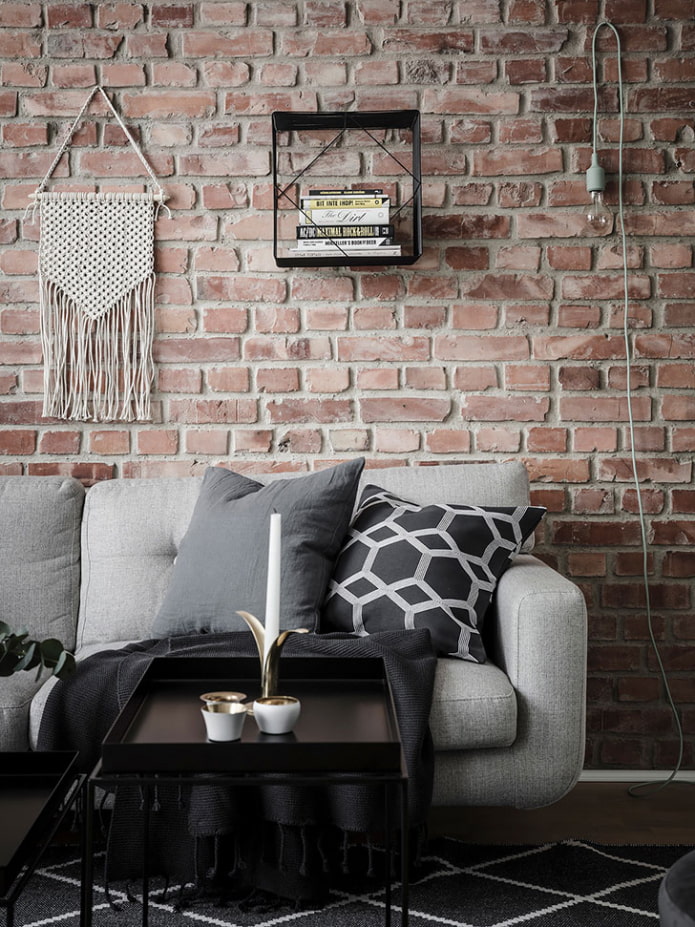

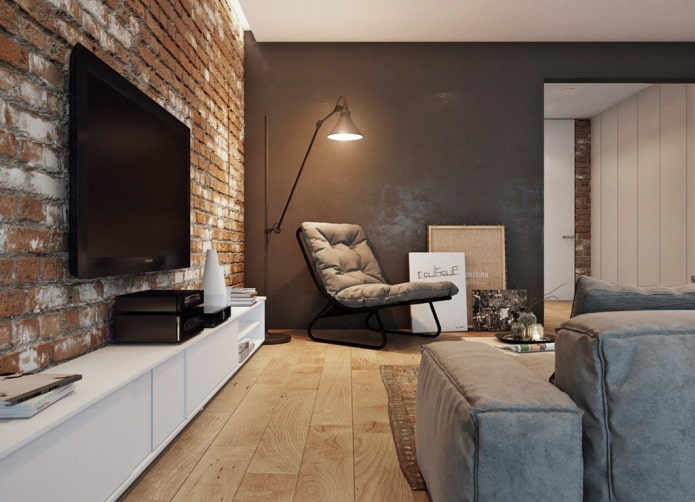
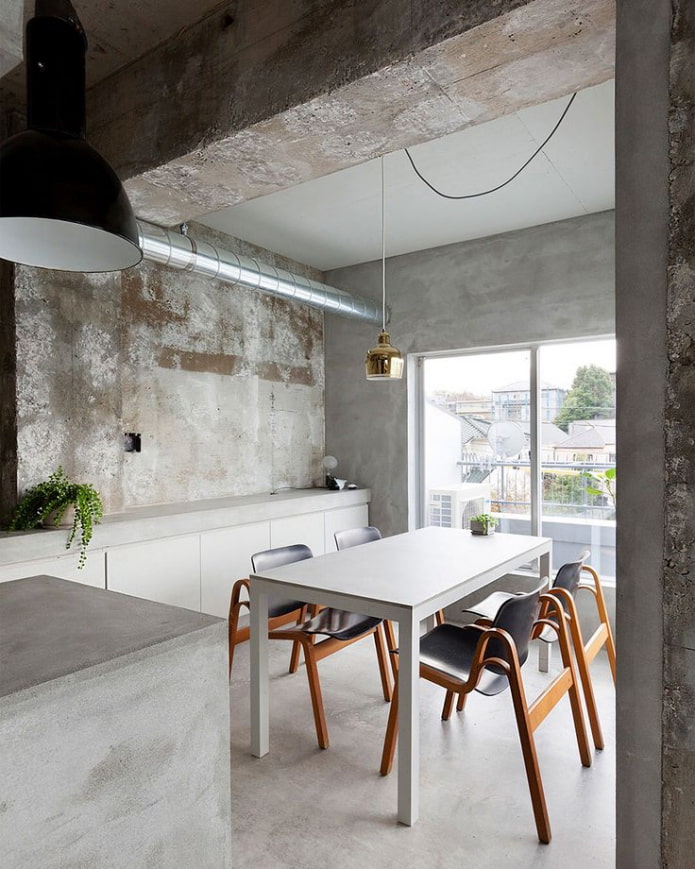
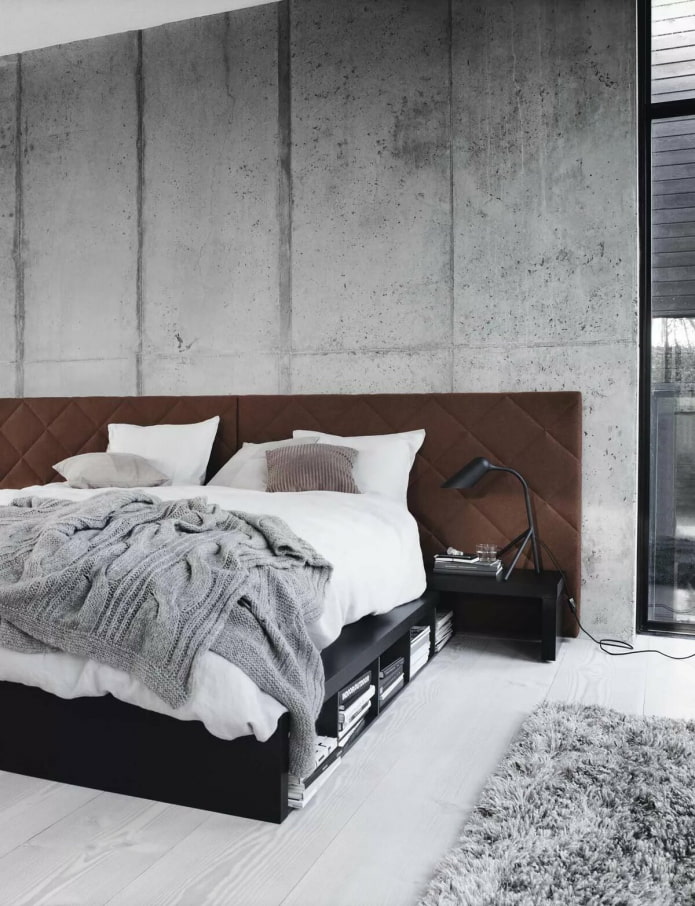


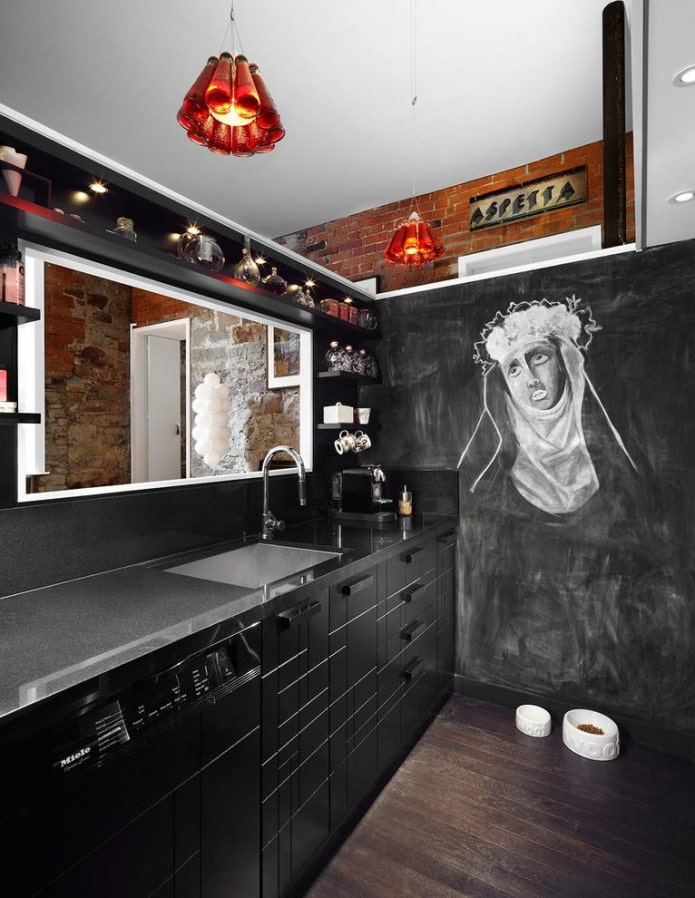
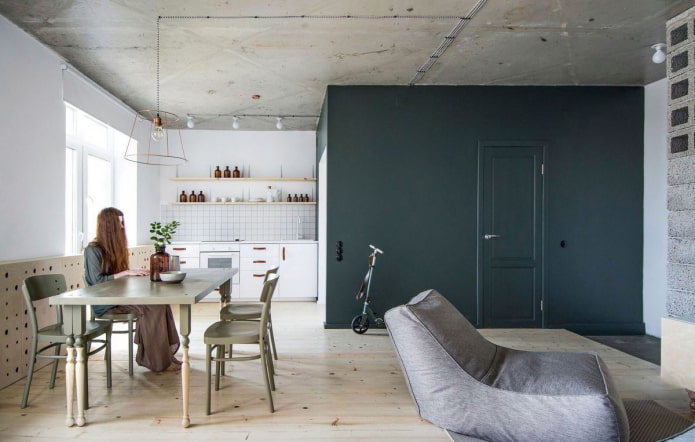

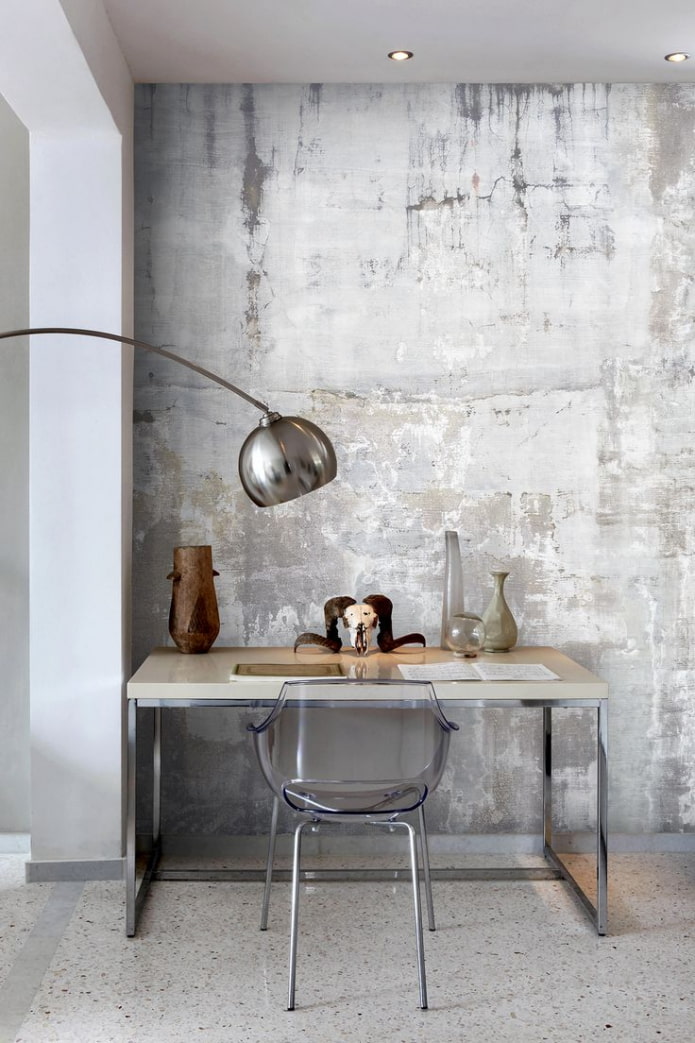

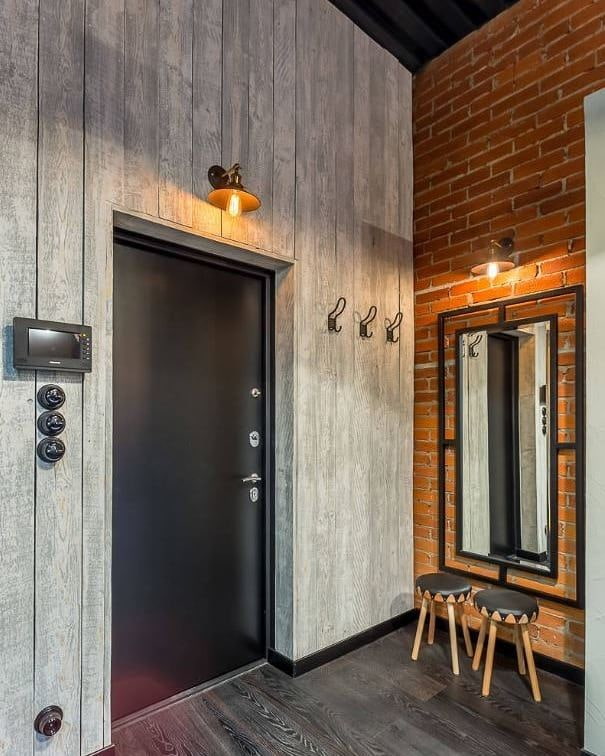
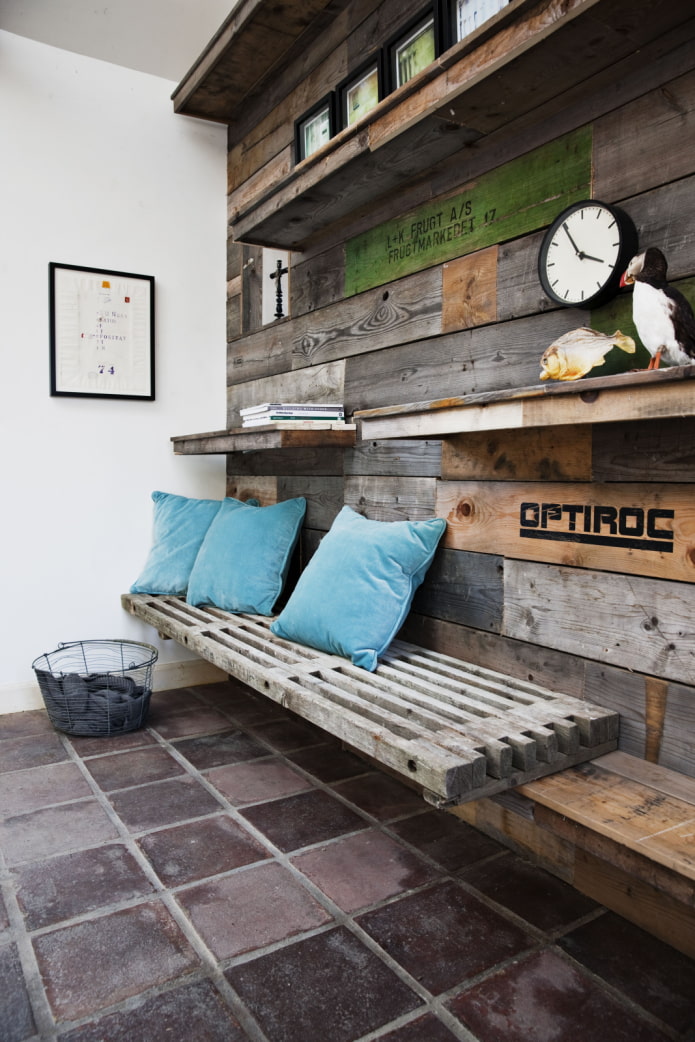
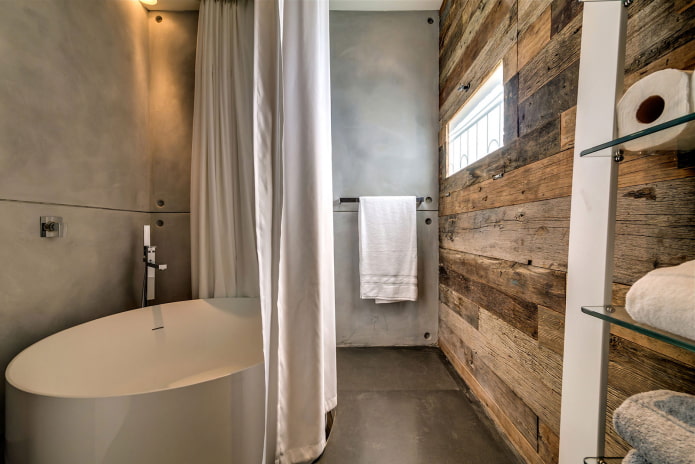
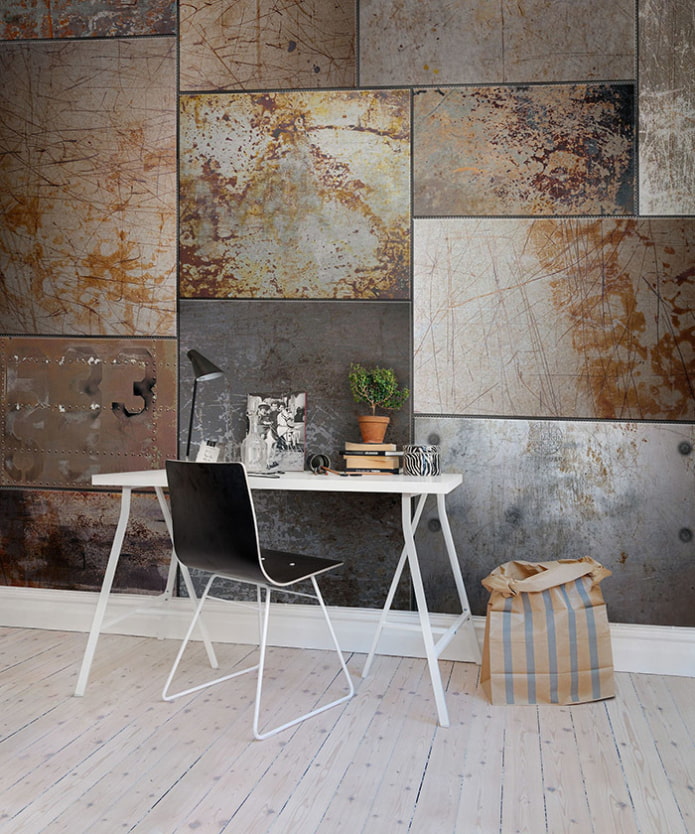
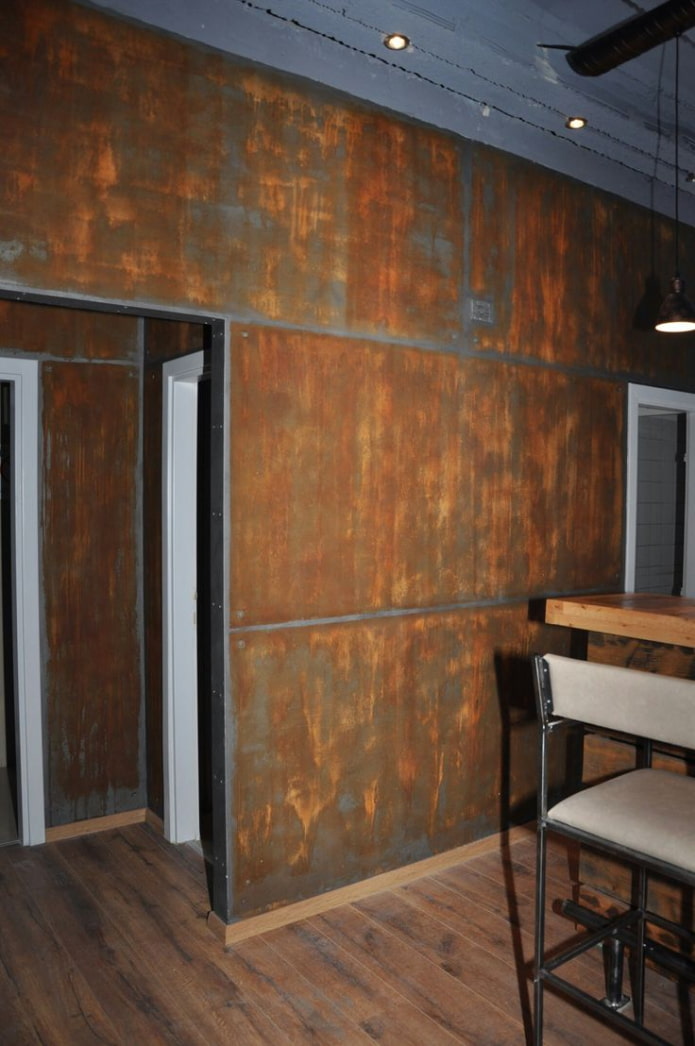
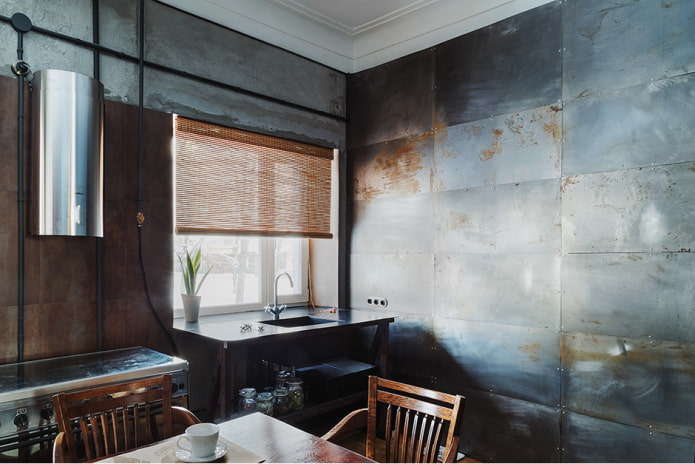
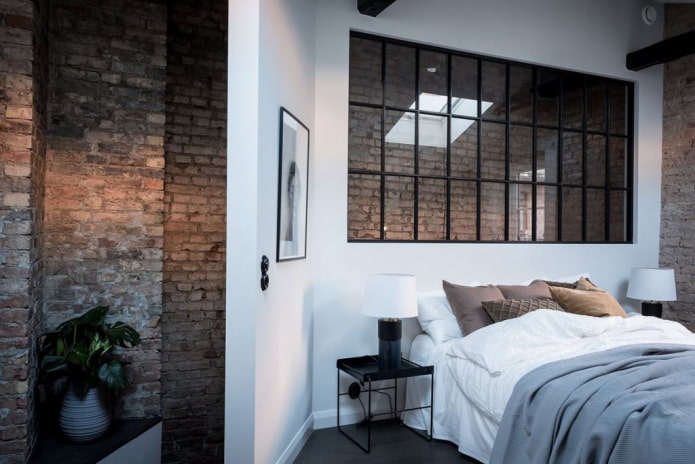
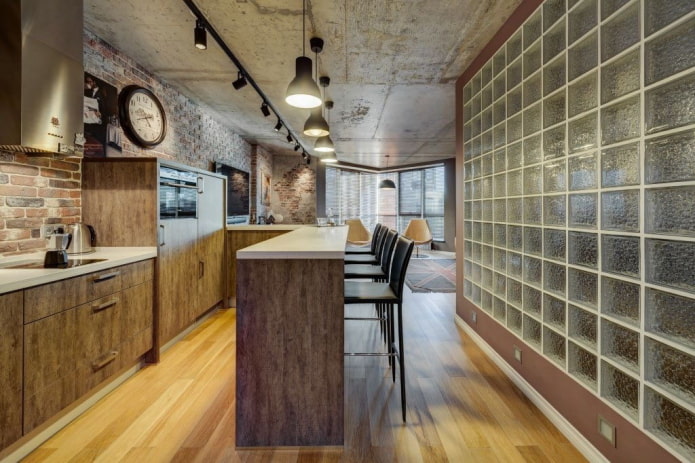
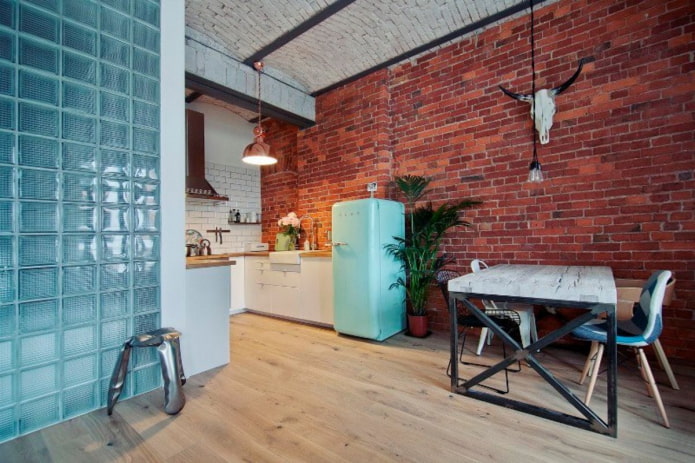
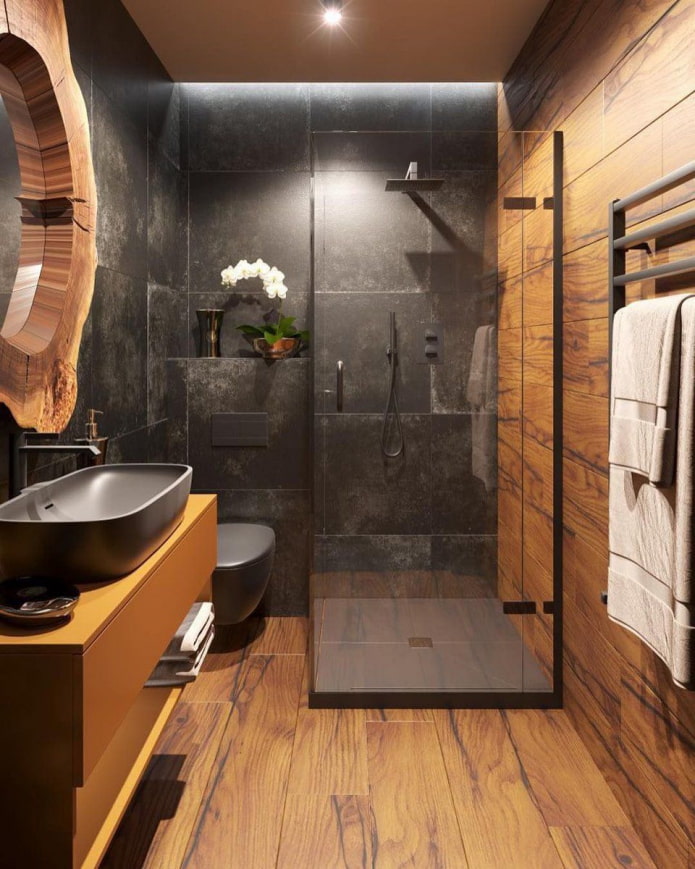
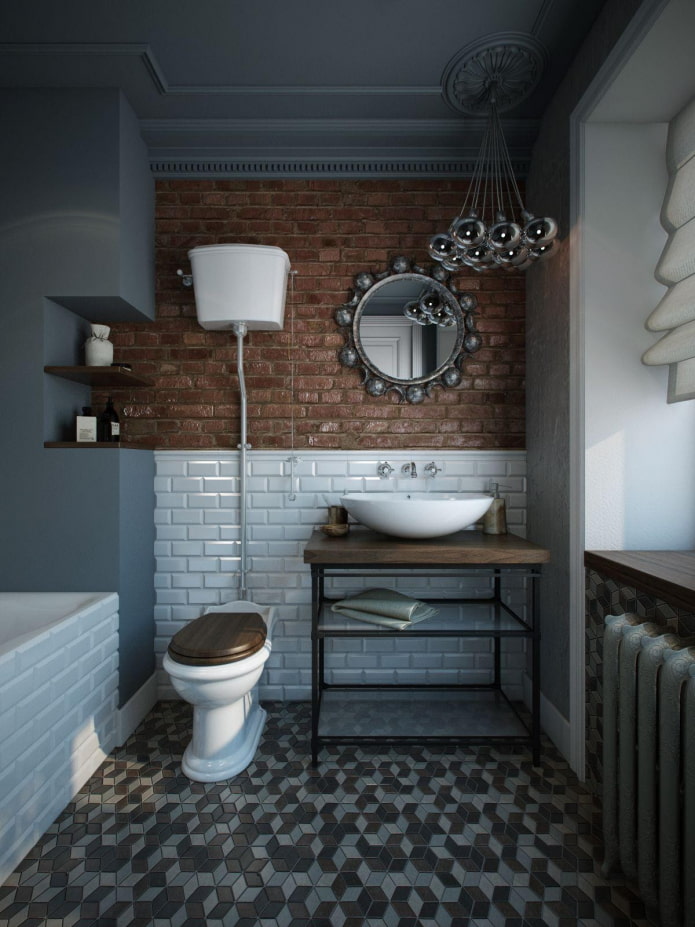
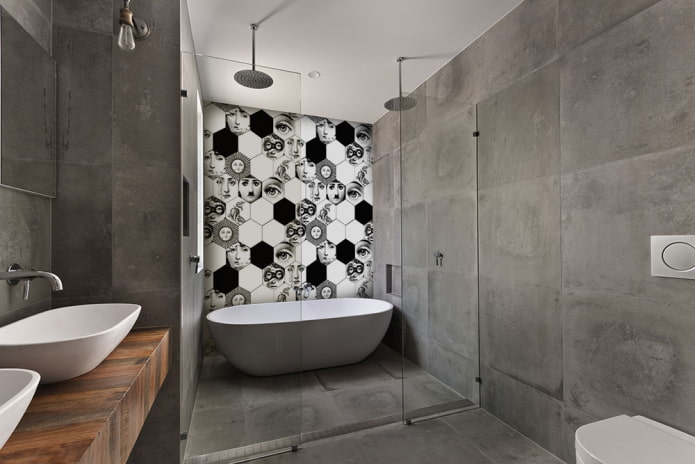


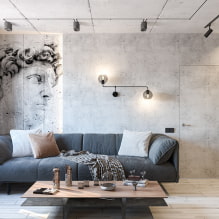
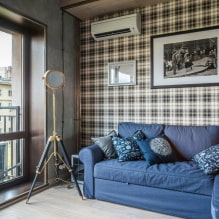
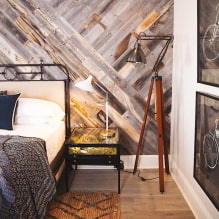

 13 bad habits a good housewife shouldn't have
13 bad habits a good housewife shouldn't have 24/7 home cleanliness - 4 secrets for the perfect housewife
24/7 home cleanliness - 4 secrets for the perfect housewife 6 hotels in Sochi that will give odds to the promoted foreign hotels
6 hotels in Sochi that will give odds to the promoted foreign hotels Top 10 interior design trends 2020
Top 10 interior design trends 2020 Rating of cheap TVs with Smart-TV
Rating of cheap TVs with Smart-TV New Year's LED garlands on AliExpress - we disassemble while it's hot, so that it's bright at home
New Year's LED garlands on AliExpress - we disassemble while it's hot, so that it's bright at home